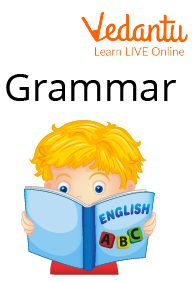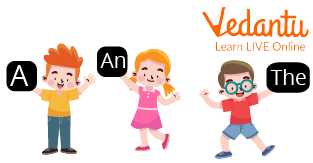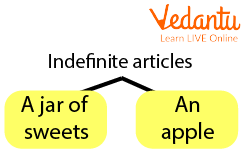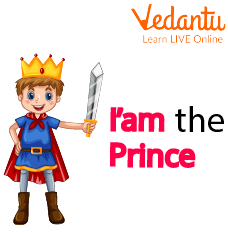English Grammar Articles A An The for Class 1 - Download Free PDF with Solutions
FAQs on English Grammar Class 1 Articles (A, An, The) - PDF
1. What are vowels and how does the usage of a and an change based on them?
The alphabets "a, e, i, o, u" are called vowels and as a general rule, you must use "an" before any word which starts with a vowel such as "an egg", or "an umbrella." For other words that do not start with a vowel (consonants), we use "a" such as "a bear", or "a thumb."
2. How are articles used in the case of pronouns?
Pronouns are words used to refer to something or someone. Pronouns are used when you do not need to use the noun since the entity has been mentioned earlier. Some of the commonly used pronouns are he, she, it, we, they, etc. In the case of pronouns, we do not use any article as pronouns are already specific to a person or a group of people.
3. Why is it important for children to learn articles?
Articles in a sentence help understand if the noun is a general or specific one. It is an integral part of English grammar and once children master this topic, they can write much better English in the future.













